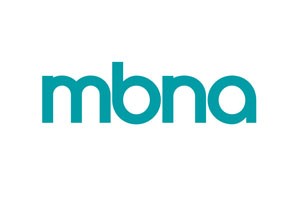Consumer Rights
Consumer Rights Act 2015.
Under consumer laws in the UK, consumers are entitled to a free of charge repair or replacement, discount or refund by the seller, of defective goods or goods which do not conform with the contract of sale. … This coverage operates alongside and in addition to your statutory rights under UK consumer law.
The Consumer Rights Act 2015 defines what your rights are if you’ve bought goods which aren’t up to scratch. The Consumer Rights Act states that all products must be of satisfactory quality, fit for purpose and as described
Consumer protection laws are a form of government regulation that aims to protect the rights of consumers. For example, a government may require businesses to disclose detailed information about products—particularly in areas where safety or public health is an issue, such as food.
As with the Sale of Goods Act, under the Consumer Rights Act, all products must be of satisfactory quality, fit for purpose and as described. Satisfactory quality Goods shouldn’t be faulty or damaged when you receive them. You should ask what a reasonable person would consider satisfactory for the goods in question.
However, many stores will offer an exchange or credit note, so its always worth asking. If your goods are faulty and you don’t have the receipt, you still have the right to a repair, refund or replacement as under the Consumer Rights Act.
Credit card refunds can take up to 30 days to show up on your account. The refund will take longer if you’re returning the item by mail because you have to wait for the merchant to receive the returned item, then for them to process the refund
When you make a debit card purchase, the money is transferred out of your bank account to the merchant. The bank cannot issue an immediate refund to your debit card because the process is instant, and your money is no longer there.
Most retail stores allow you to return things you buy within a reasonable time for a full refund, credit, or an exchange. When a store clearly displays a limited or no-refund policy, however, refunds and exchanges are not required by law. So don’t assume a store will allow you to return an item if you change your mind.
What in the cases where you have worn something? – you can return your used item within one year and only if you have proof of purchase (packing slip or receipt). Items can be worn as long as you have the proof of purchase and stay within the year limit, you‘re good.
Wardrobing is a form of return fraud. It is the practice of purchasing an item, using it, and then returning it to the store for a refund. It is most often done with expensive clothing – hence the name – but the practice is also common with tools, electronics, and even computers. So how to retailers stop ‘Wardrobing’?
- Post a written return policy. Your customers need to know you mean business when it comes to returns. …
- Shorten the return period. Give your customers 30 days to make a return. …
- Tighten up the return requirements. …
- Inspect merchandise carefully upon return. …
- Alert employees. …
- Stop serial returners.









































